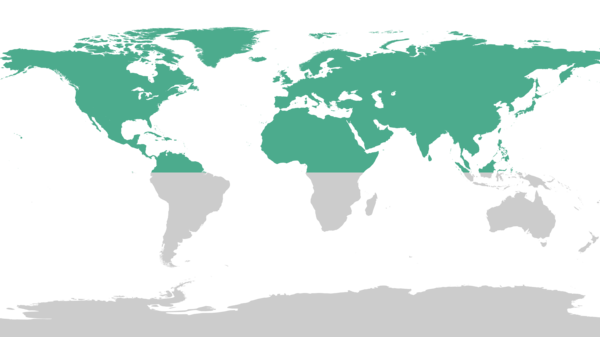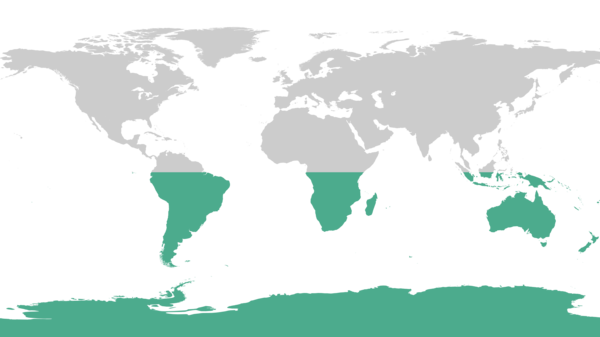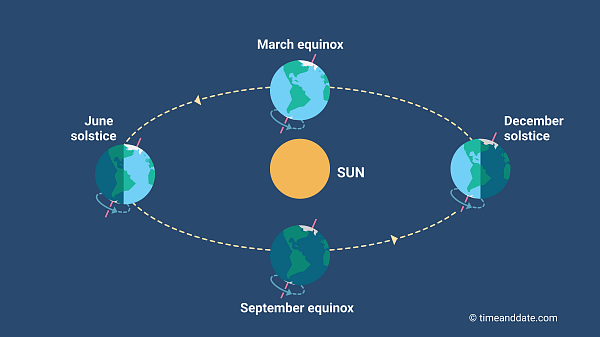When Is the First Day of Spring 2025?
In the Northern Hemisphere, spring starts in March; south of the equator, it begins in September. Find out the spring date for 2025.

Spring brings rising temperatures, longer days, and new beginnings.
©iStockphoto.com/baza178
Equal day and night? It can also happen in June!
Spring Equinox 2025
Seasons can be defined in several different ways. The astronomical definition is based on the equinoxes and solstices, and spring begins with the spring equinox or vernal equinox. In the Northern Hemisphere, it is the equinox in March; south of the equator, it's the September equinox.
Equinoxes and solstices in your city
Spring Equinox, Northern Hemisphere (March)
North America, Europe, most of Asia, Northern Africa

In Tokyo, Japan: 2025年3月20日木曜日18時01分 JST (Change location)
This corresponds to 2025年3月20日木曜日9時01分 UTC.
Spring Equinox, Southern Hemisphere (September)
Australia, New Zealand, South America, southern Africa

In Tokyo, Japan: 2025年9月23日火曜日3時19分 JST (Change location)
This corresponds to 2025年9月22日月曜日18時19分 UTC.
Alternative Spring Start Dates
In meteorology, the spring season begins on a different date. Also, some countries don't have fixed season dates but determine the start and end of spring based on average temperatures.
Meteorological and other seasons definitions
Greatest Increase in Day Length
As spring starts, the length of day increases dramatically in most regions—except for the tropics, where day lengths do not change much during the course of a year.
In fact, the increase is greatest in the days surrounding the spring equinox. After that, days still get longer, but at an ever-decreasing rate. On the longest day of the year, the summer solstice, the day-to-day difference reaches zero.
At the same time, locations farther from the equator experience larger day-to-day differences. In Toronto, the day of the spring equinox is 3 minutes longer than the previous day; in Miami, roughly 2000 kilometers or 1200 miles farther south, the difference is only about 1 minute and 31 seconds.
Day-to-day differences in your city


Our Earth is tilted as it orbits the Sun, which is the reason we have seasons on Earth.
©timeanddate.com
Equal Day and Night?
Astronomical spring begins on the day of the equinox. The name of the event derives from Latin and means equal night, giving the impression that both day and night are exactly 12 hours long. However, that is not entirely true. In most regions, daytime at the equinox is a bit longer than 12 hours.
Equilux
The date when day and night are actually equal is called the equilux. It falls a few days before the spring equinox and some days after the fall equinox in both hemispheres.
Other astronomical terms & definitions
Rising Temperatures
Particularly in the temperate zone, which is the region between the tropics and the polar regions, spring is also the time when the cold of winter begins to give way to warmer weather, though this varies substantially from one region to another.
Climate and monthly average temperatures in your city
Traditions and Folklore
The start of spring and the spring equinox are celebrated in cultures and religions around the world with various spring traditions, holidays, and festivals.
Easter, New Year, and the “other shore”: spring festivals of the world
Spring Months
In the Northern Hemisphere, depending on which definition you use, spring can include parts or all of the months of March, April, May, and June. South of the equator, it starts in September and ends in December. Read more about the history and meaning of the spring months:
Northern spring months
Southern spring months
September | October | November | December
How Long Is Spring?
The Earth does not move at a constant speed in its elliptical (oval) orbit, so the seasons are not of equal length. On average, spring lasts for 92.8 days in the Northern Hemisphere and 89.8 days in the Southern Hemisphere.
Average season lengths:
- March equinox to June solstice: 92.8 days
- June solstice to September equinox: 93.6 days
- September equinox to December solstice: 89.8 days
- December solstice to March equinox: 89.0 days